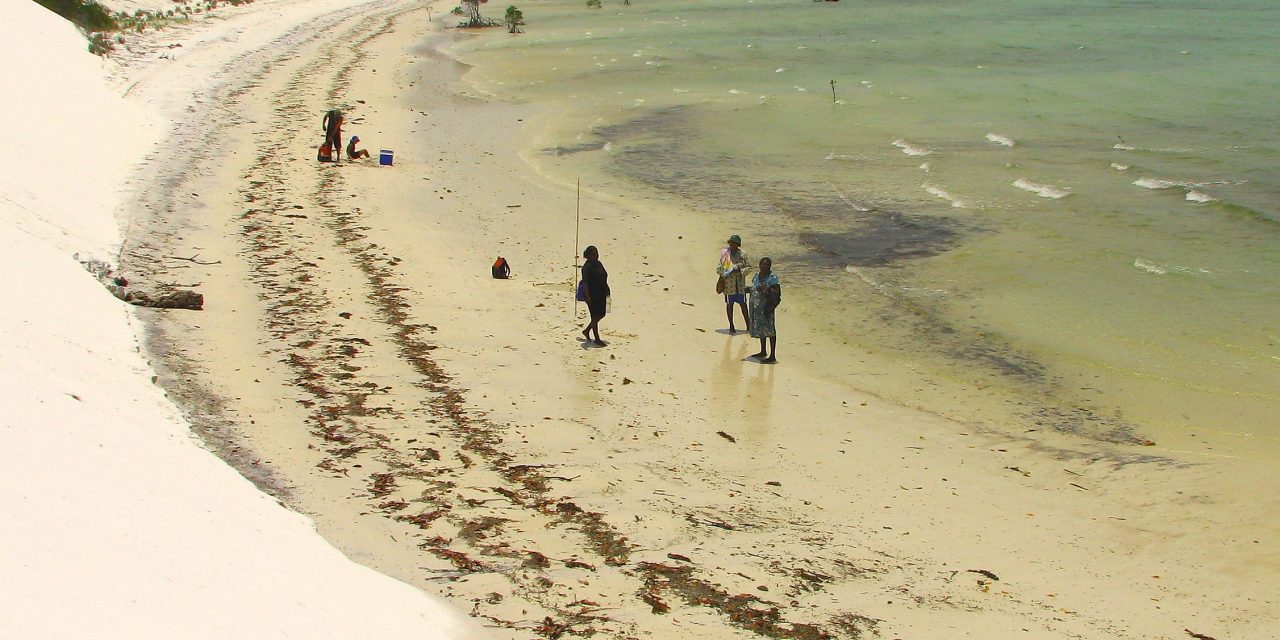THE Wuthathi, Kuuku Ya’u and Northern Kaanju peoples of the Bromley area (collectively known as the Pama Kungkaychi, or north side people) have taken ownership of more than 160,000 hectares of ancestral lands at a ceremony in Cairns.
The declaration of aboriginal freehold over the culturally significant lands stretching from Shelburne Bay in the north to the Pascoe River in the south and the Glennie Tableland in the west ends ends 150 years of dispossession. It follows the granting of exclusive native title to the groups in 2015.
Between 1977 and 2005, the Traditional Owners and anthropologist Athol Chase – who will chair today’s handover – mapped eighty-one sites of significance within the claim area. They range from story places to ceremonial and totemic sites, bora grounds, old camping sites and burial grounds.
About 66,000 hectares will be unencumbered Aboriginal freehold land. Traditional Owners will devote around 51,000 hectares as National Park (Cape York Peninsula Aboriginal Land), and around 43,600 hectares as Nature Refuge.
The Nature Refuge assumes the name of Michingun, historically a very important ceremonial and meeting place for the three groups on the Glennie Tablelands. Old people in the groups have told of revered sites and rock art in caves, and Traditional Owners are enthused about an archaeological research project documenting cultural sites of significance slated to start after today’s handover.
CEO of Balkanu Cape York Development Corporation, Gerhardt Pearson, said the history of dispossession and war waged against the peoples of the area was an abhorrent chapter in Australia’s history, and the final return of lands would go some way to right past wrongs.
“The peoples of the Bromley area never gave up hope their lands would be returned, never stopped trying to realise their elders’ dreams,” he said.
“They were not just fierce land rights warriors. They fought politicians too – famously taking on the Bjelke Peterson Government to stop mining on Shelburne Bay, and stop the proposed space station at Temple Bay.”
Mr Pearson said the return of homelands that made up the old Bromley pastoral lease area represented a welcome step in the protection and maintenance of cultural sites that would help reinvigorate and benefit future generations.


